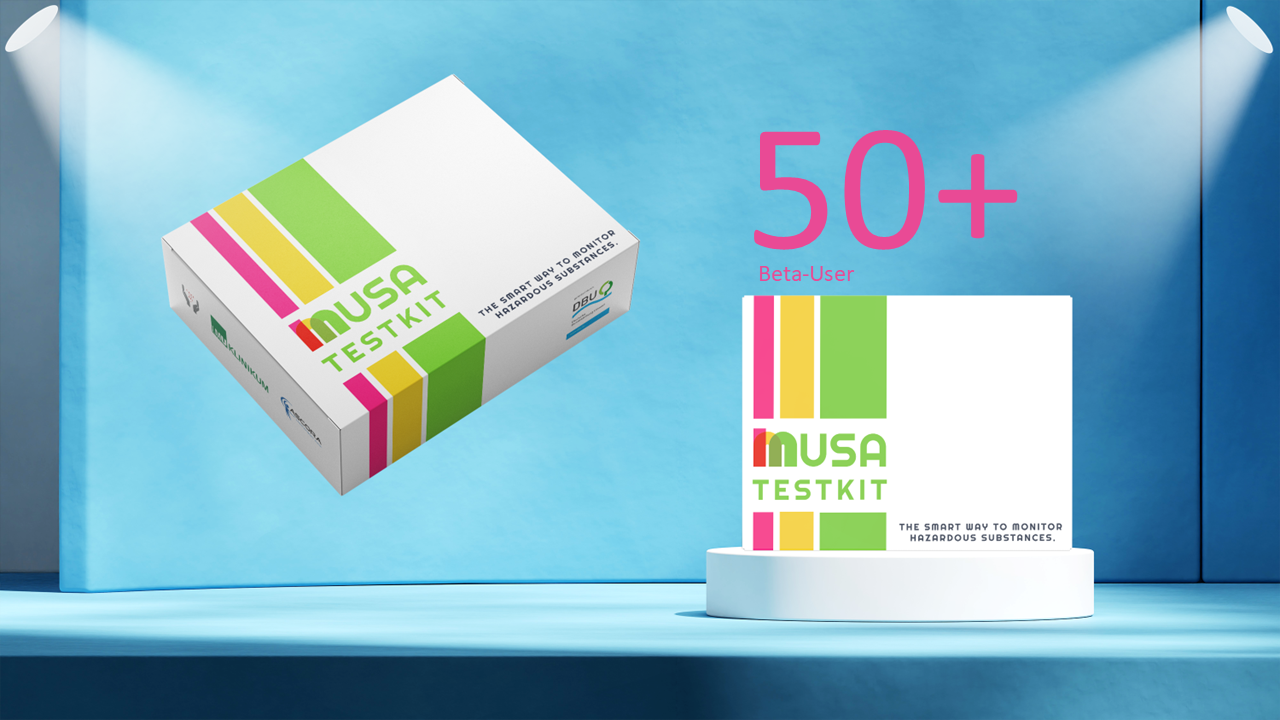The MUSA Project Reaches 50+ Beta Users

A Big Thank You to Our Model Institutions and Beta Testers
The MUSA Project has reached a significant milestone: More than 50 beta users are successfully utilizing our innovative MUSA test kit to identify and monitor hazardous substances such as arsenic, mercury, and lead. This achievement would not have been possible without the dedicated support of our model institutions. A special thanks goes to the State Archives of Bavaria, the Bavarian State Natural Science Collections, the Bavarian Administration of State Palaces, Gardens and Lakes, and the Museum Five Continents. Numerous other beta testers have also played a decisive role in this success. We extend our heartfelt thanks to everyone involved for their active participation and trust in the MUSA Project.
Successful Beta Testing Phase
Since the start of the beta testing phase in March 2024, we have already collected valuable data that helps us tailor the MUSA test kit to the specific needs of museums, archives, and collections. Close collaboration with our partner institutions has provided critical insights into the practical application of the kit under real-world conditions. This feedback is invaluable in continuously improving functionality and user-friendliness to better meet the demands of cultural institutions.
The beta testers have not only assessed the user-friendliness and efficiency of the system but have also contributed to developing innovative solutions for challenges in pollutant monitoring. For example, we have further optimized the digital evaluation methods to enable even faster and more precise analysis of results.
Outlook for Spring 2025
Following the completion of the current beta testing phase, we plan to make the MUSA test kit available to additional institutions in spring 2025. Our goal is to introduce pollutant monitoring to an even larger number of collections and facilities, thereby making a significant contribution to the safe preservation of our cultural heritage.
The widespread availability of the kit will enable efficient detection of contamination and the implementation of targeted prevention measures. We look forward to sharing our knowledge and technologies with more partners to sustainably improve workplace safety and the preservation of cultural assets.
Stay Updated
If you would like to learn more about the MUSA Project or participate in the next phase, subscribe to our newsletter or follow us on our social media channels. We look forward to shaping the future of cultural heritage protection together with you.
